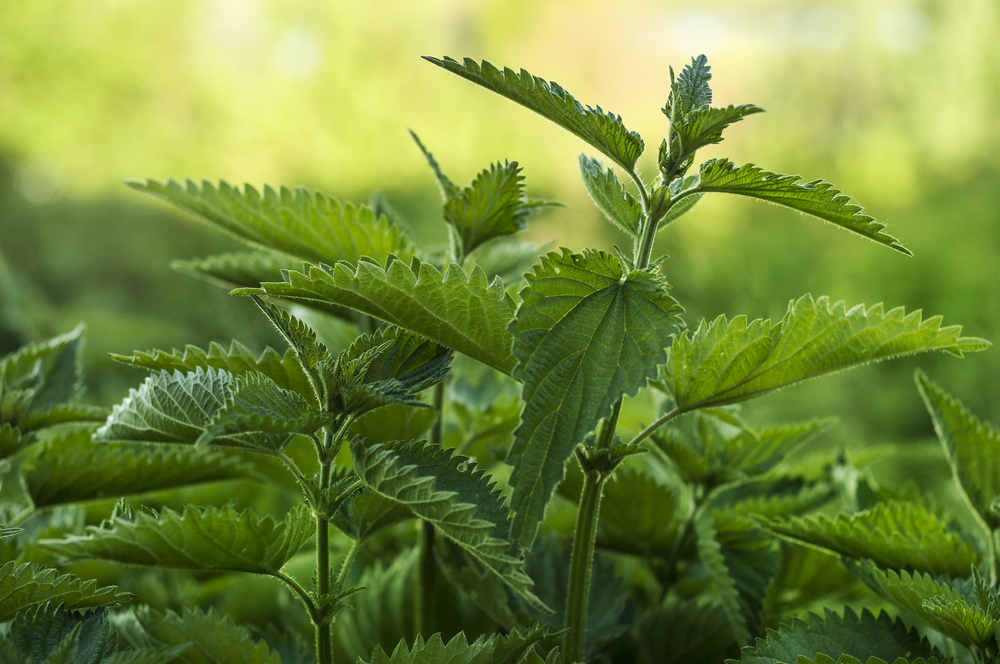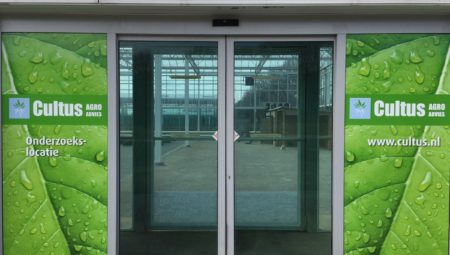Cultus Crop Research will be the territory of Cultus Agro Advies (CAA), a member of the Vitelia cooperative. ‘Cultus Agro Advies provides advice to the members of the cooperative: that is our core activity. We also invest in research and innovation to keep the tree nursery sector and agricultural and horticultural sectors competitive,’ according to Dirand van Wijk, director of CAA. Under the roof of Cultus Crop Research, the colleagues of Van Wijk will investigate matters such as high-protein crops, components and more sustainable forms of crop protection.
Entrepreneurs lead the way
During the opening, Twan Beurskens, member of the Provincial Executive for Economy and Knowledge Infrastructure, praised the entrepreneurial climate in the region of North Limburg. ‘Entrepreneurs are taking the lead and working together with education and government in the familiar triple helix. Value creation is the ultimate aim.’ The new director appointed as of 1 May, Saskia Goetgeluk, gives Brightlands Campus Greenport Venlo a person who can bring the location to a higher level, according to Beurskens, enabling it to develop into a top location for the spearheads of healthy food, cultivation and production, alternative raw materials and food sources.
Bright Tree
Cultus Agro Advies (CAA), a subsidiary of the cooperative Vitelia in North Limburg, was established at the start of this century to advise the cooperative members on cultivation. Fifteen years later, CAA has expanded into an advisory, educational and research centre with activities far outside the region as well. The opening of the research centre brings CAA a step further in its research programme. Dirand van Wijk, director of Cultus Agro Advies: ‘Together with a number of parties (including HAS Hogeschool, Brightlabs, Brightlands Campus Greenport Venlo, Roba Laboratorium, Cultus Agro Advies, Vitelia, the Municipality of Horst aan de Maas and the province of Limburg), we set up Bright Tree. It brings six specific lines of research together, with crop protection responsible for three of them.’
Bayer, BASF, Syngenta
‘I have noticed that this market has the largest demand and volumes,’ says Van Wijk. It is not surprising that major producers like Bayer, BASF and Syngenta are involved in the research. These multinationals present us with research issues, which we then work on at our research centre, albeit on a small scale. We also rent ground from farmers and nurserymen where we can scale up our tests.’
One striking example of a crop protection project revolves around marigolds (tagetes). This plant contains an active substance (thiophene) against certain nematodes, (roundworms) which can harm plants. One way the nematodes do this is by using plants as an incubator for their offspring. ‘Marigolds come in a great many varieties, so the aim is to identify the most effective variant.’
Fibre applications
The nettle is another plant on CAA’s radar, because it contains active components against thrips (editor’s note: parasitic insects) and aphids. ‘A mixture of nettles, water and sugar is a household recipe against aphids. We are looking for a means which can help farmers and nurserymen. There is considerable interest from the primary sector for more natural crop protection products, whereby “natural” does not have to mean they do not contain any toxins.’
Cultus Crop Research is also considering the fibre applications of certain crops, including nettles, which can then be used again by nurserymen and farmers. One option is the production of hemp-nettle mats which can be laid over the plants. These could keep out insects and give the plants nutrients at the same time. Look, at Cultus Agro Advies our starting point is the idea that we have to give plants a helping hand to increase their resistance as much as possible. The focus at the moment still leans too heavily towards treating the symptoms.’
This article was created in collaboration with Source B.


